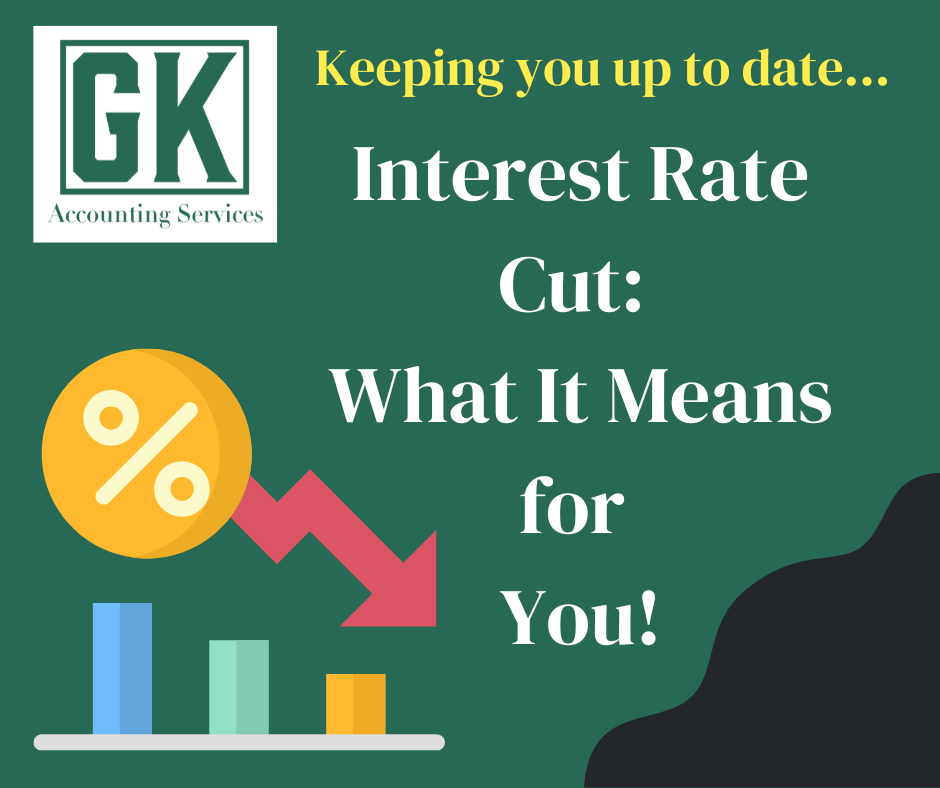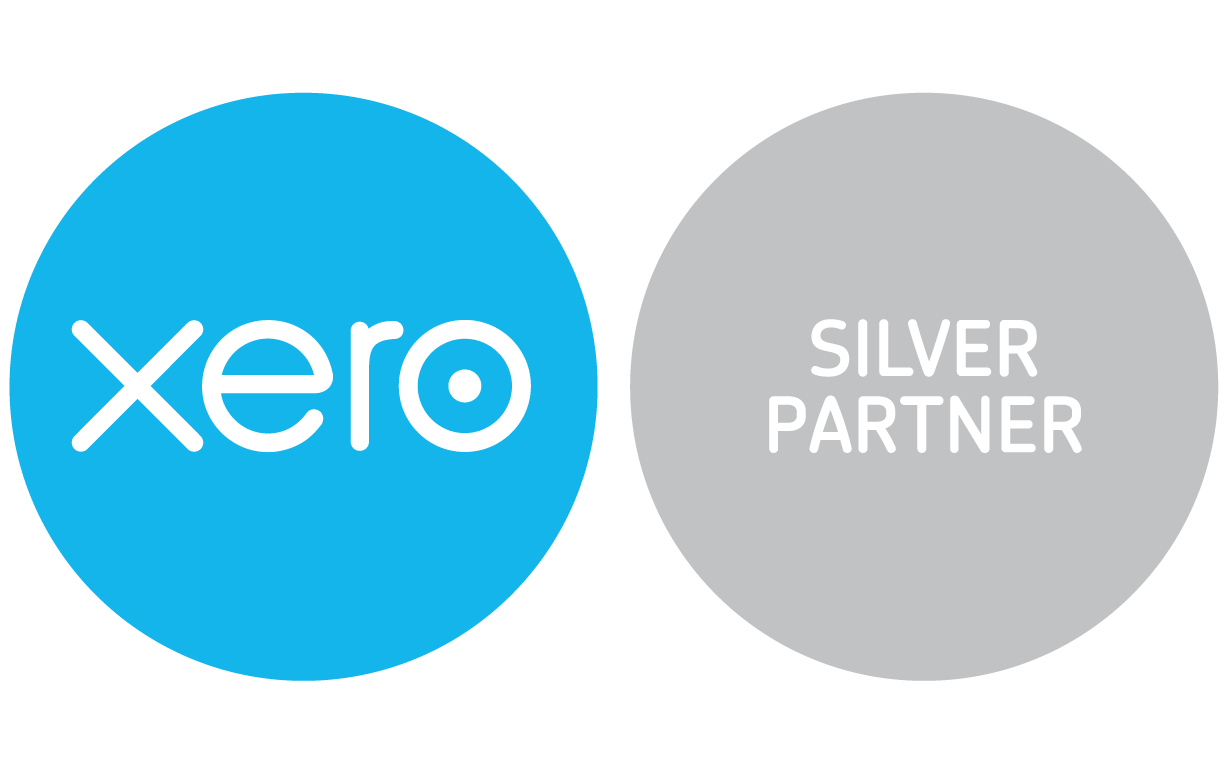Maximize Your Savings: Understanding the Personal Savings Allowance (PSA)
The Personal Savings Allowance (PSA)
The Personal Savings Allowance (PSA) was introduced in April 2016 to provide individuals with tax benefits on their savings income. This allowance enables taxpayers to earn a certain amount of interest on their savings without being subject to tax. The specific amount of tax-free savings income depends on the individual's tax bracket.
Tax-Free Savings for Basic and Higher-Rate Taxpayers
For basic-rate taxpayers, the PSA allows the first £1,000 of savings interest to be tax-free. Any interest earned up to this threshold is not subject to taxation. On the other hand, higher-rate taxpayers have a tax-free allowance of £500 for their savings income. However, it is essential to note that individuals earning over £125,140 in the current tax year (2023-24) do not qualify for the PSA benefits.
ISAs and Premium Bonds
It is worth mentioning that certain types of savings, such as interest from Individual Savings Accounts (ISAs) and winnings from premium bonds, are excluded from the PSA limit. This means that even if a basic-rate taxpayer earns interest from ISAs or wins on premium bonds, they can still enjoy the full benefits of the PSA within the applicable limits.
Types of Savings Covered by the PSA
The PSA covers various types of savings income, including interest earned from banks and building society accounts and accounts held with other providers such as savings and credit unions. Additionally, it encompasses interest earned from unit trusts, investment trusts, and open-ended investment companies. Peer-to-peer lending, trust funds, payment protection insurance (PPI), government or company bonds, life annuity payments, and certain life insurance contracts are also included within the scope of the PSA.
Taxation of Excess Savings Income
Taxpayers who exceed their PSA limit and still have taxable savings income must pay tax on the interest that exceeds their allowance. This additional interest is subject to the individual's usual rate of Income Tax. In other words, any savings income above the PSA threshold will be taxed according to the individual's applicable tax rate.
Overall, the Personal Savings Allowance allows taxpayers to earn a certain amount of savings income tax-free. By taking advantage of this allowance, individuals can maximize their returns on savings and reduce their tax liabilities. It is important to stay informed about the current PSA limits and any changes to ensure that one can effectively manage their savings and tax obligations.
If you would like more advice and assistance, please contact us at info@gkaccountingservices.com or call us on 01269 518 815, where we will be more than happy to answer any of your questions.





